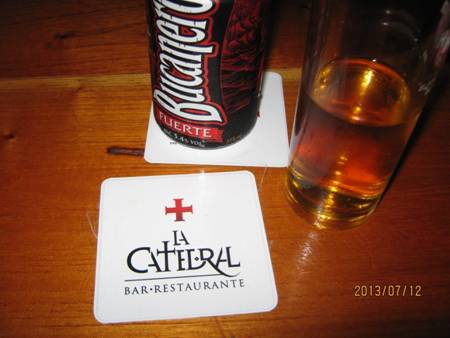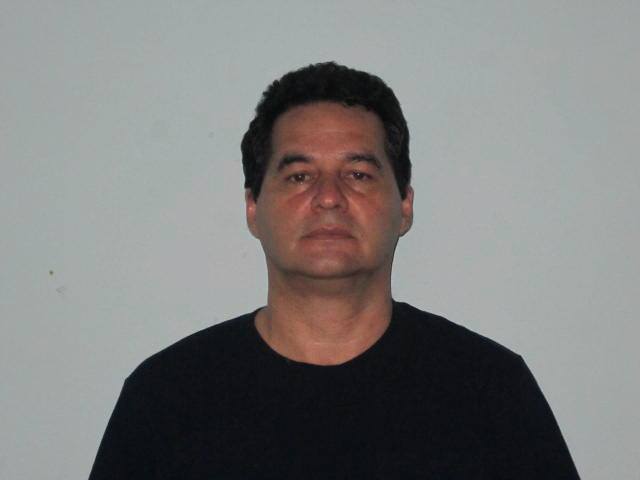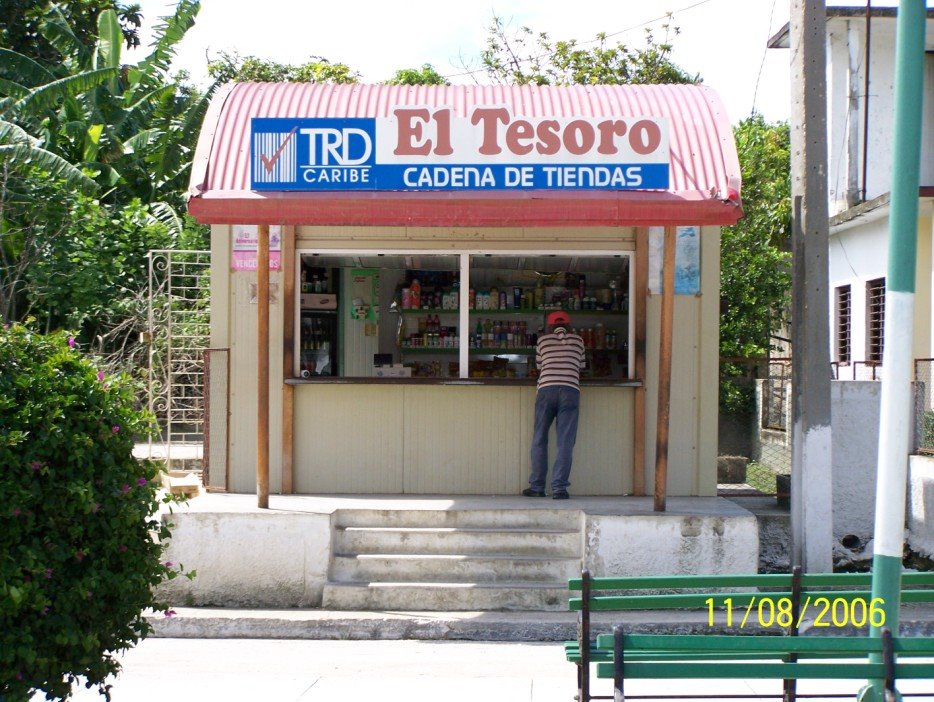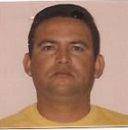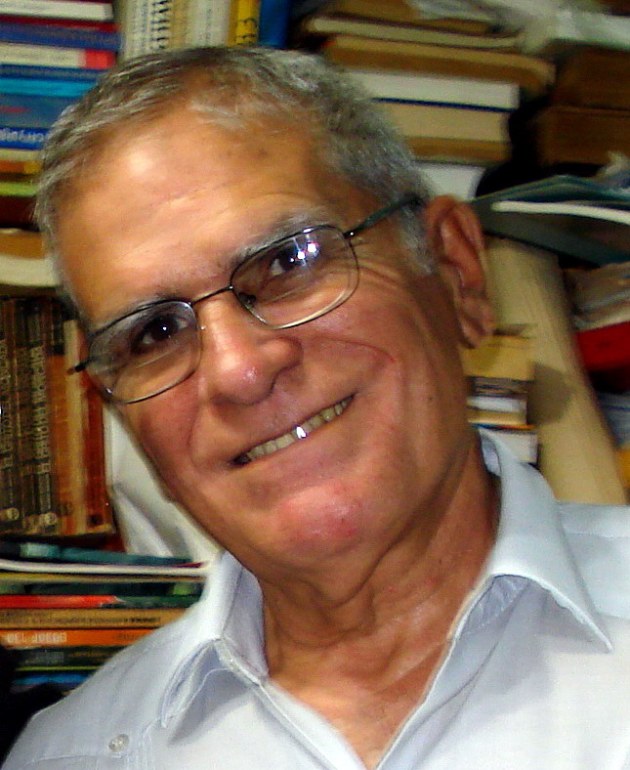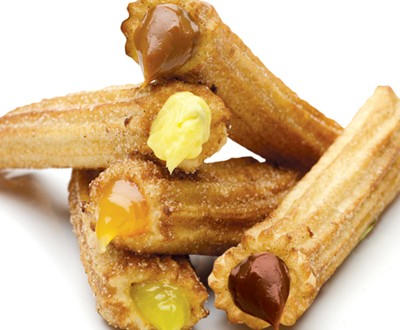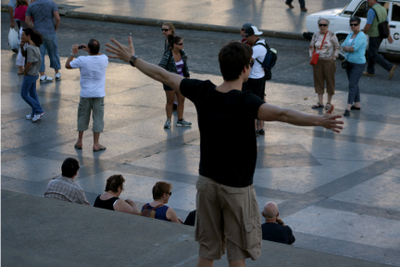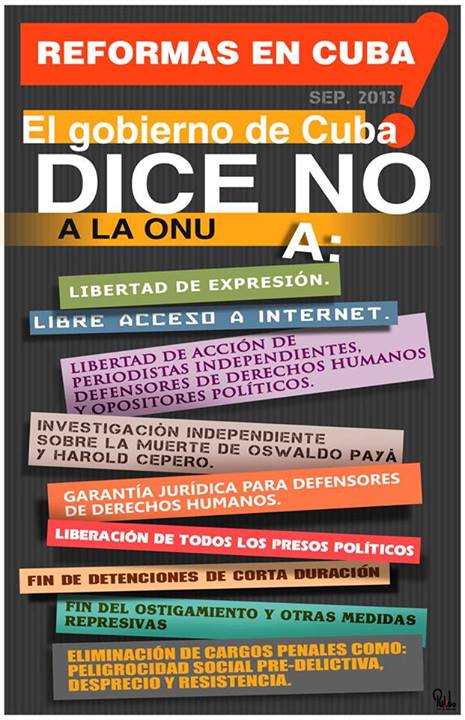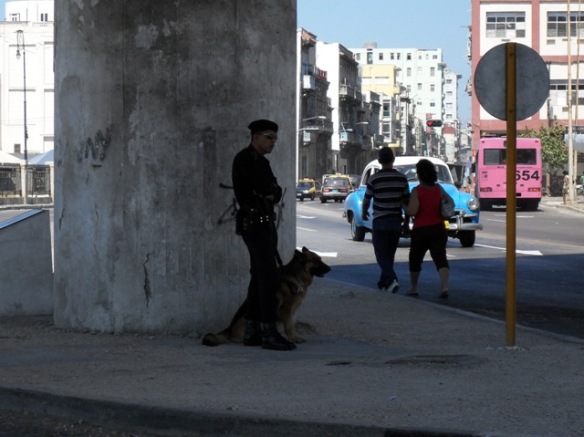
Carrying sacks of sugar – Taken from the Repeating Islands Blog
In 23 years, Cuba has gone from being one of the world’s sugar refining nations to importing the sweet grass for the consumption of the tourist sector. If in 1990, in the dawning of that silent war that was the “Special Period,” 8.2 million tons of sugar were produced, in 2013 a little less than one million was produced.
This year the sugar harvest was 11% less than predicted in the state plan. Only with that fabulous capacity that the official media have to cushion failures, did they adorn the disaster with tinges of optimism.
A peripatetic television reader said that, in spite of a deficit in the production of 133 thousand tons, “the sugar harvest of 2012-2013 was the best in the last nine years.” According to the official version, the poor results indicated “difficulties in efficiency due to technological obsolescence in the agricultural industry and machinery, poor organization and indiscipline.”
The sugar harvest fiasco is a hard economic blow. A ton of sugar on the world market is valued at 400 dollars. Therefore, the rickety state finances lost an income of 53.2 million dollars.
President Raul Castro has tried to revitalize the formerly premier national industry by making butcher cuts. In 2012 he closed the enormous bureaucratic apparatus of the Ministry of Sugar and, with a third of the employees, created a state enterprise called Azcuba.
The entity announced that it aspired to an increase of 20% in the sugar production with respect to the prior harvest of 1.4 tons. The possibility was studied of managing a center in the province of Cienfuegos with the Brazilian firm Odebrecht.
The preparation of the harvest was thoroughly planned: petroleum to be consumed by means of transport, inputs for cane cutters, pieces of spare machine parts for the mills and output that should be obtained per 33-acre tract sowed with cane.
The forecast was a resounding failure. I asked a sugar industry expert why, for a long time, the sugar production has not exceeded the barrier of 2 million tons. Currently he is retired, but for several years he worked in the Ministry of Sugar, in days gone by a powerful institution, with a millionaire budget and a structure surpassed only by the Armed Forces and the Ministry of the Interior.
In that time, the official traveled half the world, buying equipment and machinery. “If you want to know what has stopped working in the current sugar campaigns, you have to do a little history. After 1911 in the Cuban republic, sugar production fluctuated between 5 and 7 million tons. They were harvests that rarely took three months. The productivity per hectare was among the best on the planet. At the level of Hawaii or any sugar power of that time. The Cuban industry was a jewel, with a world class efficiency. With the arrival of Fidel Castro into power in 1959, there began the slow decline of our premier industry.”
The specialist continues his story. “Blunders and volunteerism succeeded each other in abundance. The lack of spare parts for the machinery of the mills and the insufficient training of technical personnel in the mills, who occupied important posts thanks to their political loyalty, were undermining the sugar industry. Castro involved himself in the sector on an authoritarian basis. His plans and fantasies caused a lot of damage. By pure whim, he substituted the cane variety that was planted in the fields, very resistant to plagues and with high sucrose volume. The ’Ten Million Ton Sugar Harvest’ in 1969-1970, was the coup de grace. Those consequences are still taking their toll on the production of sugar.”
According to the expert, Castro was like a devastating hurricane, a noxious plague. “He not only planned the cold campaign in a wrong way, the subproducts that the cane generates were also wasted. Sugar powers like Brazil take advantage of it all. The cane is not only sugar or alcohol. It serves to produce furniture, medicine and animal protein, among other features.”
In the Cold War years, when Cuba allied with the communist countries of Eastern Europe, the island sold its sugar production at a preferential price. Inputs, fertilizers and machines were not lacking. In the Holguin province, some 800 kilometers east of Havana, with Russian technology, a factory was built that produced cane cuttings.
By the end of the 20th century, all the sugar machinery was being dismantled. In 2002, the government put into place a plan of plant conversion. Of the 156 existing plants, 71 produced sugar; 14, sugar and molasses for livestock feed; and of the 71 others, 5 would be converted into museums, 5 would be kept in reserve, and the other 61 would be dismantled. But in 2005 government sources reported that between 40 and 50 of the still active plants would be closed.
In October 2002, Fidel Castro designed a reordering of the sugar industry and named it Alvaro Reinoso’s Task (he was a considered a founding father of the scientific agriculture in the island in the 19th century). In a public speech he said that in the coming weeks schools would be opened for no fewer than 90 thousand industry workers. In an undercover manner, thousands of sugarcane workers were forced out of work.
Today, dozens of sugar mills and its warehouses are considered scrap. Along with the “company towns” around them, where people subsist eating little and badly and consuming alcohol in alarming quantities.
Via the rationing book people get five pounds of sugar per person. In the black market the prices of this commodity is almost prohibitive in a country where the average monthly salary is $20 dollars. The cost of a pound of white or refined sugar is $8 Cuban pesos (40¢ US), and $6 Cuban pesos (30¢ US) for raw or dark sugar. Due to its awful quality, there have been more than a few occasions where the tourism industry has had to import refined sugar from the Dominican Republic and Brazil.
When the history is retold about the leading and monumental failures of Fidel Castro’s revolution, the sugar industry will be in first place. From a great exporter in the past to an importer in the present. That’s a bitter reality.
By Ivan Garcia
Translated by mlk
22 September 2013

